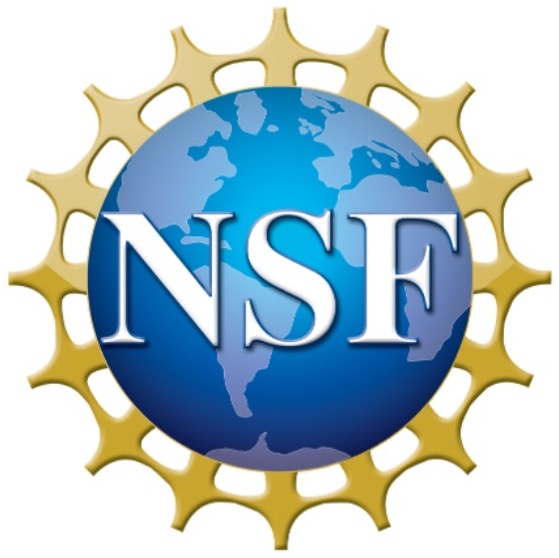Papers and Code
2024
| Mirramezani, M., Oktay, D., Adams, R.P.; “A rapid and automated computational approach to the design of multistable soft actuators”; Comp. Phys: 2024 May. DOI: 10.1016/j.cpc.2024.109090 | 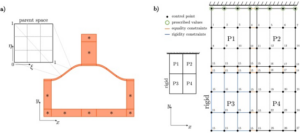 |
| Shawon, A.K.M.A, Guetari W., Ciesielski, K., Orenstein, R., Qu, J., Chanakian, S., Rahman, T., Ertekin, T., Toberer, E., Zevalkink, A.; “Alloying-Induced Structural Transition in the Promising Thermoelectric Compound CaAgSb”; Chem. Mater.: 2024 Feb. 12. DOI: 10.1021/acs.chemmater.3c02621 | 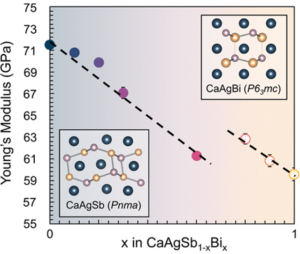 |
| Rom, C.L., Novick, A., McDermott, M.J., Yakovenko, A.A., Gallawa, J.R., Tran, G. T., Asebiah, D.C., Storck, E.N., McBride, B.C., Miller, R.C., Prieto, A.L., Persson, K.A., Toberer, E., Stevanović, V., Andriy Zakutayev, Neilson, J.R.; “Mechanistically Guided Materials Chemistry: Synthesis of Ternary Nitrides, CaZrN2 and CaHfN2”; J. Am. Chem. Soc.: 2024 Jan. 30. DOI: 10.1021/jacs.3c12114 | 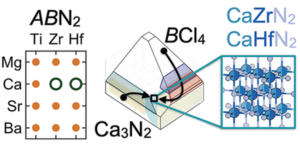 |
| Li, H., Appleby, G., Brumar, C.D., Chang, R., Suh, A.; “Knowledge Graphs in Practice: Characterizing their Users, Challenges, and Visualization Opportunities”; IEEE Trans. Vis. Comput. Graph.: 2024 Jan. DOI: 10.1109/TVCG.2023.3326904 |  |
2023
| Wu, K., Kim, K., Garnett, R., Gardner, J.; “The Behavior and Convergence of Local Bayesian Optimization”; Conference on Neural Information Processing Systems: 2023. |
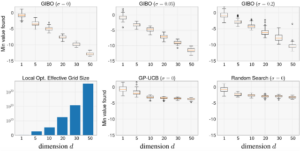 |
| Varga, A., Downard, A. J., Evoen, V., Giapis, K. P., Flagan, R. C., Haile, S. M.; “Electrospray synthesis and in-situ sizing of nanoparticulate CsH2PO4”; Aerosol. Sci. & Tech.: 2023 Nov. 3. DOI: 10.1080/02786826.2023.2279528 | 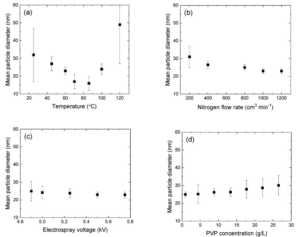 |
| de Oliveira, I.M., Sosa, E.M., Baker, E., Adriaenssens, S.; “Experimental and Numerical Characterization of a Rotational Kirigami System”; Thin-Walled Struct: 2023 Nov. DOI: 10.1016/j.tws.2023.111123 | 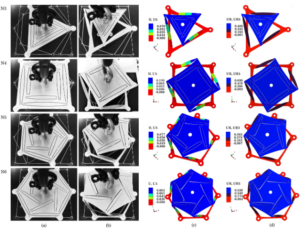 |
| An, Y., Greenberg, J., Kalinowski, A., Zhao, X., Hu, X., Uribe-Romo, F. J., Langlois, K., Furst, J., Gómez-Gualdrón, D. A.; “Knowledge Graph Question Answering for Materials Science (KGQA4MAT)”; Metadata and Semantics Research Conference (MTSR): 2023. |  |
| Zhao, X., Greenberg, J., McClellan, S., An, Y., Hu, X.; “Metadata for Scientific Experiment Reporting: A Case Study in Metal-Organic Frameworks”; Metadata and Semantics Research Conference (MTSR): 2023. | 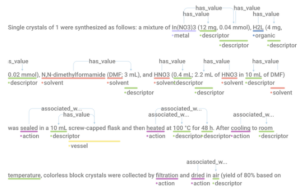 |
| Battle, L., Ottley, A.; “What Do We Mean When We Say “Insight”? A Formal Synthesis of Existing Theory”; IEEE Trans. Vis. Comput. Graph.: 2023 Oct. 24. DOI: 10.1109/TVCG.2023.3326698 |  |
| Xiong, G., Wang, L.S., Haile, S.M.; “Superprotonic conductivity in RbH2−3y(PO4)1−y: a phosphate deficient analog to cubic CsH2PO4 in the (1 − x)RbH2PO4 – xRb2HPO4 system”; Mater. Horiz.: 2023 Oct. 12. DOI: 10.1039/D3MH00852E | 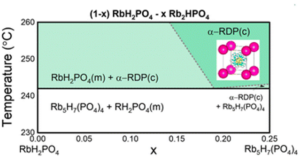 |
| Pasarkar, A., Bencomo, G., Olsson, S., Dieng, A.B.; “Vendi Sampling For Molecular Simulations: Diversity As A Force For Faster Convergence and Better Exploration”; J. Chem. Phys.: 2023 Oct. 12. DOI: 10.1063/5.0166172 | 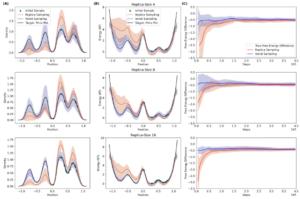 |
| Sun, X., Cai, C., Adams, R.P., S. Rusinkiewicz; “Gradient-based Dovetail Joint Shape Optimization for Stiffness”; ACM Symposium on Computational Fabrication: 2023. |  |
| Sun, X., Roeder, G., Xue, T., Adams, R.P., Rusinkiewicz, S.; “More Stiffness with Less Fiber: End-to-End Fiber Path Optimization for 3d Printed Composites”; ACM Symposium on Computational Fabrication: 2023. | 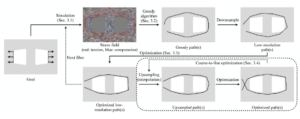 |
| Pastrana, R., Oktay, D., Adams, R. P., Adriaenssens, S.; “JAX FDM: A differentiable solver for inverse form-finding”; International Conference on Machine Learning (ICML): 2023. | 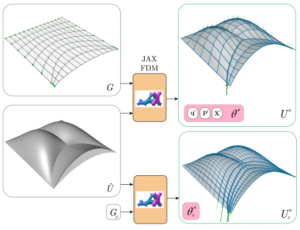 |
| Gleicher, M., Riveiro, M., von Landesberger, T., Deussen, O., Chang, R., Gillman, C.; “A Problem Space for Designing Visualizations”; IEEE Comput Graph Appl: 2023 Jul. 11. DOI: 10.1109/MCG.2023.3267213 | 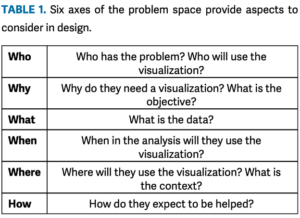 |
| Friedman, D., Dieng, A. B.; “The Vendi Score: A Diversity Evaluation Metric for Machine Learning”; Transactions Mach. Learn. Res. (TMLR): 2023 Jul. 1. | 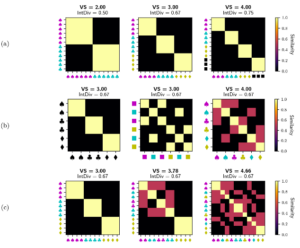 |
| Monadjemi, S., Guo, M., Gotz, D., Garnett, R., Ottley, A.; “Human–Computer Collaboration for Visual Analytics: an Agent-based Framework”; Eurographics Conference on Visualization (EuroVis): 2023. | 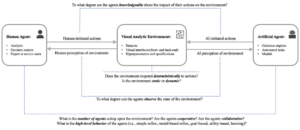 |
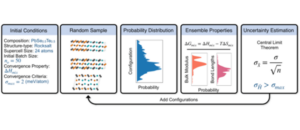 |
|
| Medina, E., Rycroft, C. H., Bertoldi, K.; “Nonlinear shape optimization of flexible mechanical metamaterials”; Extreme Mech. Lett.: 2023 Jun. DOI: 10.1016/j.eml.2023.102015 | 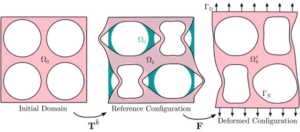 |
| Oktay, D., Mirramezani, M., Medina, E., Adams, R. P.; “Neuromechanical Autoencoders: Learning to Couple Elastic and Neural Network Nonlinearity“; International Conference on Learning Representations (ICLR): 2023. | 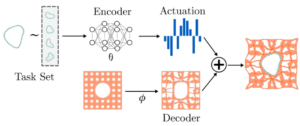 |
| Weadock, N.J., Sterlin, T. C., Vigil, J. A., Gold-Parker, A., Smith, I. C., Ahammed, B., Krogstad, M. J., Ye, F., Coneshen, D., Gehring, P. M., Rappe, A. M., Steinruck, H-G., Ertekin, E., Karunadasa, H. I., Reznik, D., Toney, M. F.; “The nature of dynamic local order in CH3NH3PbI3 and CH3NH3PbBr3”; Joule: 2023 Apr. 17. DOI: 10.1016/j.joule.2023.03.017 | 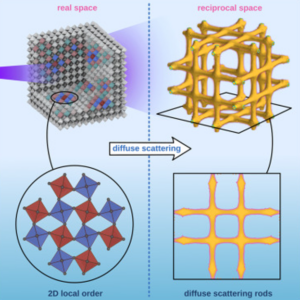 |
| Suh, A., Appleby, G., Anderson, E. W., Finelli, L., Chang, R., Cashman, D.; “Are Metrics Enough? Guidelines for Communicating and Visualizing Predictive Models to Subject Matter Experts”; IEEE Trans. Vis. Comput. Graph.: 2023 Mar. 20. DOI: 10.1109/TVCG.2023.3259341 |
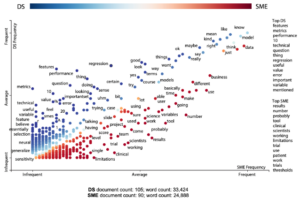 |
| Nguyen, Q., Garnett,R.; “Nonmyopic Multiclass Active Search with Diminishing Returns for Diverse Discovery“; International Conference on Artificial Intelligence and Statistics (AISTATS): 2023. | 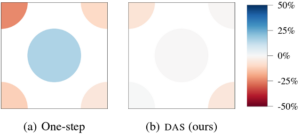 |
| Greenberg, J., McClellan, S., Rauch, C., Zhao, X., Kelly, M., An, Y., Kunze, J., Orenstein, R., Porter, C., Meschke, V. and Toberer, E.; “Building community consensus for scientific metadata with YAMZ”; Data Intelligence: 2023 Mar. 8. DOI: 10.1162/dint_a_00211 | 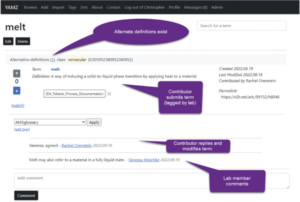 |
| Zeng, W., Chen, X., Hou, Y., Shao, L., Chu, Z., Chang, R.; “Semi-Automatic Layout Adaptation for Responsive Multiple-View Visualization Design“; IEEE Trans. Vis. Comput. Graph.: 2023 Jan. 30. DOI: 10.1109/TVCG.2023.3240356 | 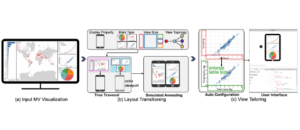 |
| Islamov, M., Babei, H., Anderson R., Sezginel, K. B., Long, J. R., McGaughey, A. J. H., Gomez-Gualdron, D.A., Wilmer, C. E.; “High-throughput screening of hypothetical metal-organic frameworks for thermal conductivity”; npj Comput. Mater.: 2023 Jan. 20. DOI:10.1038/s41524-022-00961-x | 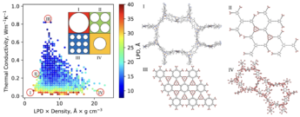 |
2022
| Nguyen, Q., Wu, K., Gardner, J. R., Garnett,R.; “Local Bayesian optimization via maximizing probability of descent”; Conference on Neural Information Processing Systems (NeurIPS): 2022. | 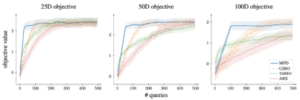 |
| Cai, D., Adams, R. P.; “Multi-fidelity Monte Carlo: a pseudo-marginal approach”; Conference on Neural Information Processing Systems (NeurIPS): 2022. |  |
| An, Y., Greenberg, J., Hu, X., Kalinowski, A., Fang, X., Zhao, X., McClellan, S., Uribe-Romo, F., Gómez-Gualdrón, D., Langlois, K., Furst, J., Fajardo-Rojas, F., Ardila, K., Saikin, S., A. Harper, C., & Daniel, R.; “Exploring Pre-Trained Language Models to Build Knowledge Graph for Metal-Organic Frameworks (MOFs)”; IEEE BigData Conference: 2022. | 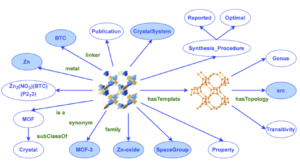 |
| Greenberg, J., McClellan, S., Zhao, X., Kellner, E., Venator, D., Zhao, H., Shen, J., Hu, X., & An, Y.; “Materials Science Ontology Design with an Analytico-Synthetic Facet Analysis Framework”; Metadata and Semantics Research Conference: 2022. | 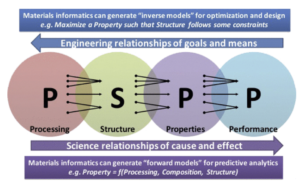 |
| Chang, R., Wang, Y-X., Ertekin, E.; “Towards overcoming data scarcity in materials science: unifying models and datasets with a mixture of experts framework”; npj Comput. Mater.: 2022 Nov. 18. DOI: 10.1038/s41524-022-00929-x | 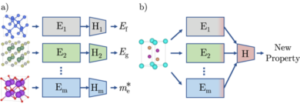 |
| Pastrana, R., Ohlbrock, P. O., Oberbichler, T., D’Acunto, P., Parascho, S.; “Constrained Form-Finding of Tension–Compression Structures using Automatic Differentiation”; CAD: 2022 Nov. 9. DOI: 10.1016/j.cad.2022.103435 | 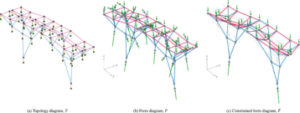 |
| Deng, B., Zareei, A., Ding, X., Weaver, J. C., Rycroft, C. H., Bertoldi, K.; “Inverse Design of Mechanical Metamaterials with Target Nonlinear Response via a Neural Accelerated Evolution Strategy”; Adv. Mater: 2022 Oct. 13. DOI: 10.1002/adma.202270287 |  |
| Monadjemi, S., Ha, S., Nguyen, Q., Chai, H., Garnett, R., Ottley, A.; “Guided Data Discovery in Interactive Visualizations via Active Search“; IEEE VIS Conference: 2022. | 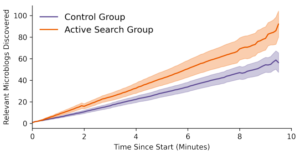 |
| Ha, S., Monadjemi, S., Garnett, R., Ottley, A.; “A Unified Comparison of User Modeling Techniques for Predicting Data Interaction and Detecting Exploration Bias”; IEEE VIS Conference: 2022. | 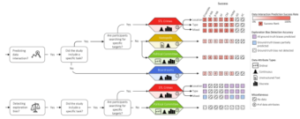 |
| Appleby, G., Espadoto, M., Chen, R., Goree, S., Telea, A. C., Anderson, E. W., Chang, R.; “HyperNP: Interactive Visual Exploration of Multidimensional Projection Hyperparameters”; Eurographics Conference on Visualization (EuroVis): 2022. |  |
| Suh, A., Mosca, A., Robinson, S., Pham, Q., Cashman, D., Ottley, A., Chang, R.; “Inferential Tasks as an Evaluation Technique for Visualization”; Eurographics Conference on Visualization (EuroVis): 2022. |  |
| Gathani, S., Monadjemi, S., Ottley, A., Battle, L.; “A Grammar-Based Approach for Applying Visualization Taxonomies to Interaction Logs”; Eurographics Conference on Visualization (EuroVis): 2022. | 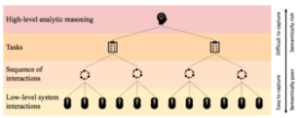 |
| Li, J., Lopez, S. A.; “A Look Inside the Black Box of Machine Learning Photodynamics Simulations“; Acc. Chem. Res.: 2022 July 7. DOI: 10.1021/acs.accounts.2c00288 |  |
| Kumar, A., Vasileiou, S. L., Bancilhon, M., Ottley, A., Yeoh, W.; “VizXP: A Visualization Framework for Conveying Explanationsto Users in Model Reconciliation Problems“; International Conference on Automated Planning and Scheduling (ICAPS): 2022. | 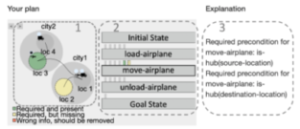 |
| Seff, A., Zhou, W., Richardson, N., Adams, R. P.; “Vitruvion: A Generative Model of Parametric CAD Sketches”; International Conference on Learning Representations (ICLR): 2022. | 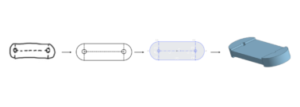 |
| Li, J., Lopez, S. A.; “Excited-state distortions promote the photochemical 4π-electrocyclizations of fluorobenzenes via machine learning accelerated photodynamics simulations”; Chem. Eur. J.: 2022 April 26. DOI: 10.1002/chem.202200651 |  |
| Wang, L. S., Patel, S. V., Truong, E., Hu, Y-Y., Sossina M. Haile, S. M.; “Phase Behavior and Superprotonic Conductivity in the System (1–x)CsH2PO4 – xH3PO4: Discovery of Off-Stoichiometric α-[Cs1–xHx]H2PO4”; Chem. Mater.: 2022 Feb. 11. DOI: 10.1021/acs.chemmater.1c04061 | 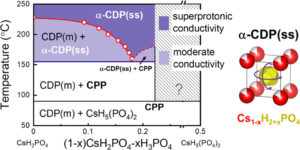 |
| Adrion, D. M., Lopez, S. A.; “Cross-conjugation controls the stabilities and photophysical properties of heteroazoarene photoswitches”; Org. and Biomol. Chem.: 2022 Jan. 11. DOI: 10.1039/D1OB02026A | 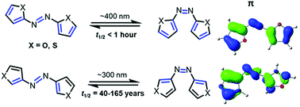 |
| Forte, A. E., Hanakata, P. Z., Jin, L., Zari, E., Zareei, A., Fernandes, M. C., Sumner, L., Alvarez, J., Bertoldi, K.; “Inverse Design of Inflatable Soft Membranes Through Machine Learning”; Adv. Funct. Mater.: 2022 Jan. 10. DOI: 10.1021/acs.chemmater.1c04061 | 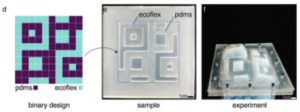 |
KGQA4MAT
KGQA4MAT is a novel benchmark for natural language (NL) question answering over a knowledge graph for Metal-Organic Frameworks (MOFs). The MOF knowledge graph (MOF-KG) is built by integrating structured databases and knowledge extracted from the literature. The graph is stored in a Neo4j database. To enable domain experts to ask NL questions from the MOF-KG, we develop a natural language interface leveraging ChatGPT to translate NL questions to Cypher queries. In this study, we demonstrate the potential of our approach through the benchmark dataset and the well-known QALD-9 dataset.
LLM-Prop
LLM-Prop is an efficiently finetuned large language model (T5 encoder) on crystals text descriptions to predict their properties. Given a text sequence that describes the crystal structure, LLM-Prop encodes the underlying crystal representation from its text description and output its properties such as band gap and volume.
Mixture of Experts for Materials Science
This repository contains a general framework for leveraging complementary information across different models and datasets for accurate prediction of data-scarce materials properties.
Vendi Score
The Vendi Score (VS) is a metric for evaluating diversity in machine learning. VS can be interpreted as the effective number of unique elements in a sample. It increases linearly with the number of modes in the dataset. VS is highest when the items in the sample differ in many attributes, and the attributes are not correlated with each other.
Vendi Sampling
Vendi Sampling is a method for increasing the efficiency and efficacy of the exploration of molecular conformation spaces. In Vendi sampling, molecular replicas are simulated in parallel and coupled via a global statistical measure, the Vendi Score, to enhance diversity.
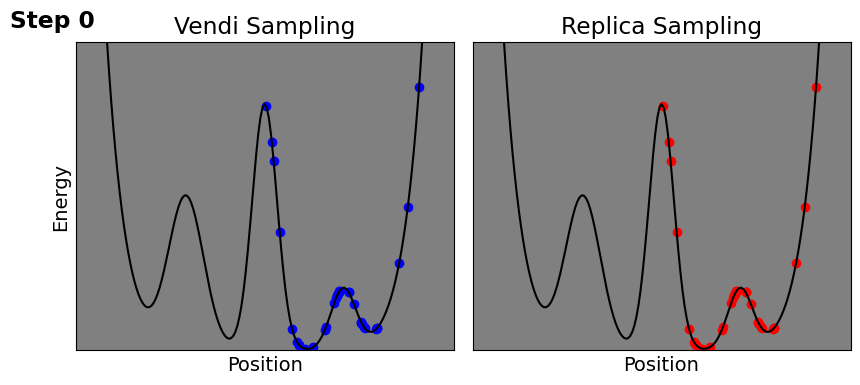
YAMZ
Yet Another Metadata Zoo (YAMZ) is a collaborative vocabulary application which allows individuals to define terms as well as comment and vote on them. It allows communities to develop vocabularies specific to their needs, especially to improve the quality of metadata used. Each term receives a permanent identifier in the form of an archival key (ARK) that allows users to have a stable linked data reference.
OTMapOnto Ontology Matching Tool
This repository contains the sources of the ontology matching tool, OTMapOnto, and the results of participating in the Ontology Alignment Evaluation Initiative 2021. The tool is wrapped as a Web service.
PyRAI2MD
The Python Rapid Artificial Intelligence Ab Initio Molecular Dynamics code (PyRAI2MD) code is a machine learning software that accelerates photodynamics simulations by 100,000 times. PyRAI2MD enables long timescale simulations in complex environments such as explicit solvation and for molecules of unprecedented complexity.
Multi-fidelity-MCMC
Multi-fidelity Markov chain Monte Carlo (MCMC) algorithms combine models of varying fidelities in order to obtain an approximate target density with lower computational cost. We describe a class of asymptotically exact multi-fidelity MCMC algorithms for the setting where a sequence of models of increasing fidelity can be computed that approximates the expensive target density of interest. We take a pseudo-marginal MCMC approach for multi-fidelity inference that utilizes a cheaper, randomized-fidelity unbiased estimator of the target fidelity constructed via random truncation of a telescoping series of the low-fidelity sequence of models.
Vitruvion
Vitruvion is a generative model of parametric CAD sketches, which constitute the basic computational building blocks of modern mechanical design. Our model, trained on real-world designs from the SketchGraphs dataset, autoregressively synthesizes sketches as sequences of primitives, with initial coordinates, and constraints that reference back to the sampled primitives. As samples from the model match the constraint graph representation used in standard CAD software, they may be directly imported, solved, and edited according to downstream design tasks.
JAX FDM
JAX FDM enables the solution of inverse form-finding problems for discrete force networks using the force density method (FDM) and gradient-based optimization. It streamlines the integration of form-finding simulations into deep learning models for machine learning research.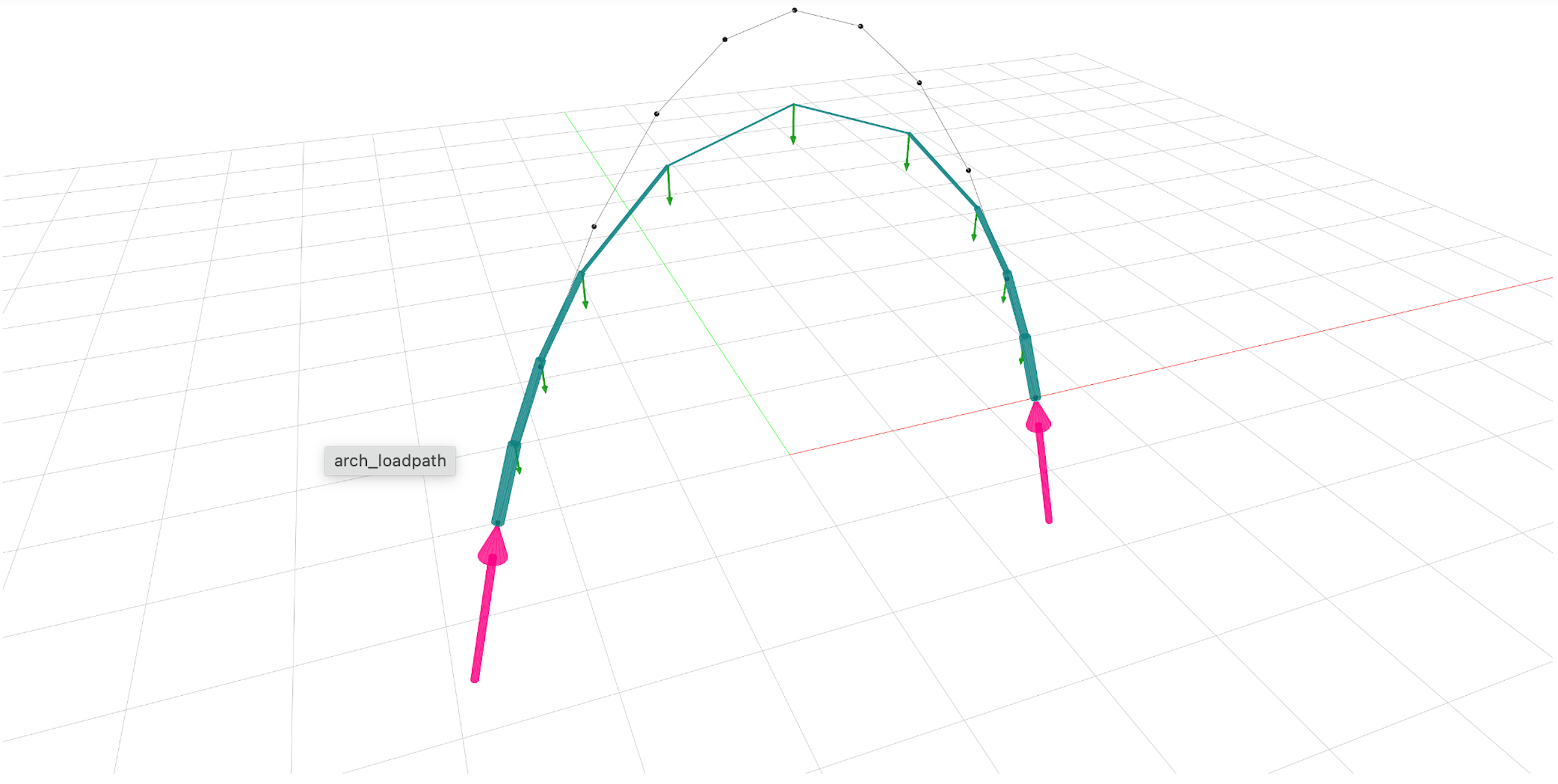
COMPAS CEM
Inverse design of 3D trusses via automatic differentiation. COMPAS CEM encapsulates the CEM framework into an open-source structural design tool that enables the formulation and the solution of constrained form-finding problems in plain and simple Python code.
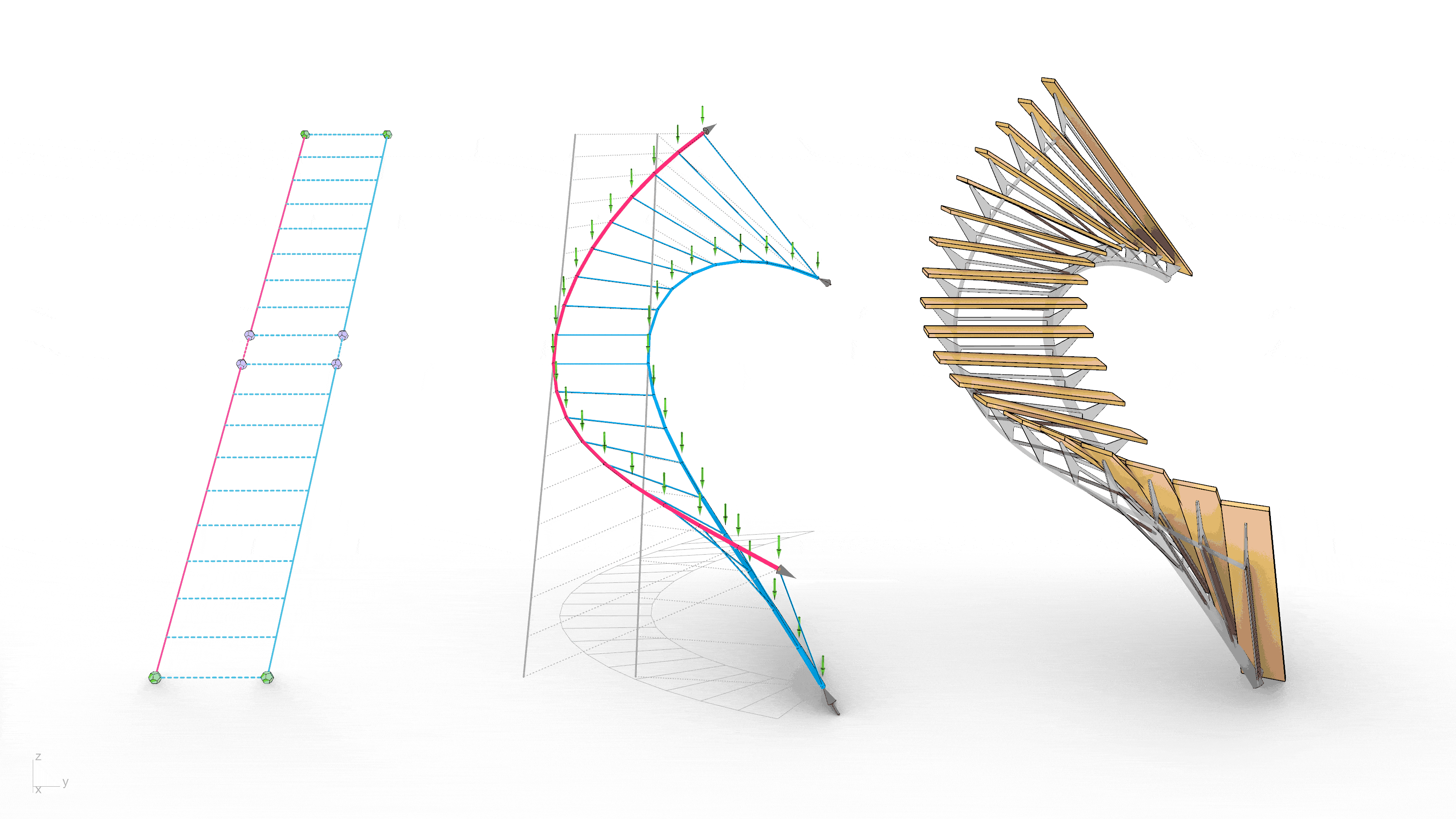
VERDE Materials Database
The Virtual Excited State Reference for the Discovery of Electronic Materials Database. We have established this resource in line with our interest in light-responsive π-conjugated organic molecules with applications in green chemistry, organic solar cells, and organic redox flow batteries. It includes results of our active and past virtual screening studies; to date, more than 13000 density functional theory (DFT) calculations have been performed on 1500 molecules to obtain frontier molecular orbitals and photophysical properties, including excitation energies, dipole moments, and redox potentials.
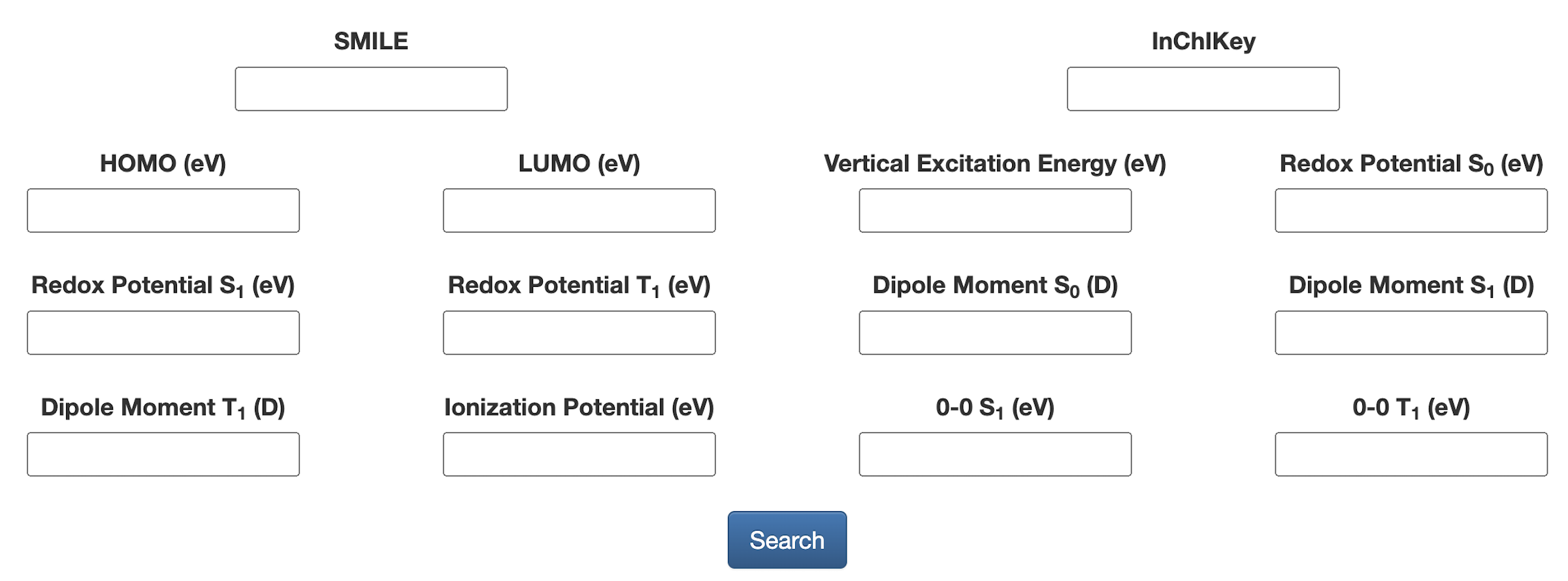
Material_Recommender
Material_Recommender leverages representations extracted from language models pretrained on material science literature for material discovery and property prediction. Code still under construction.
The Institute for Data Driven Dynamical Design (ID4) is supported by the National Science Foundation through award #2118201
